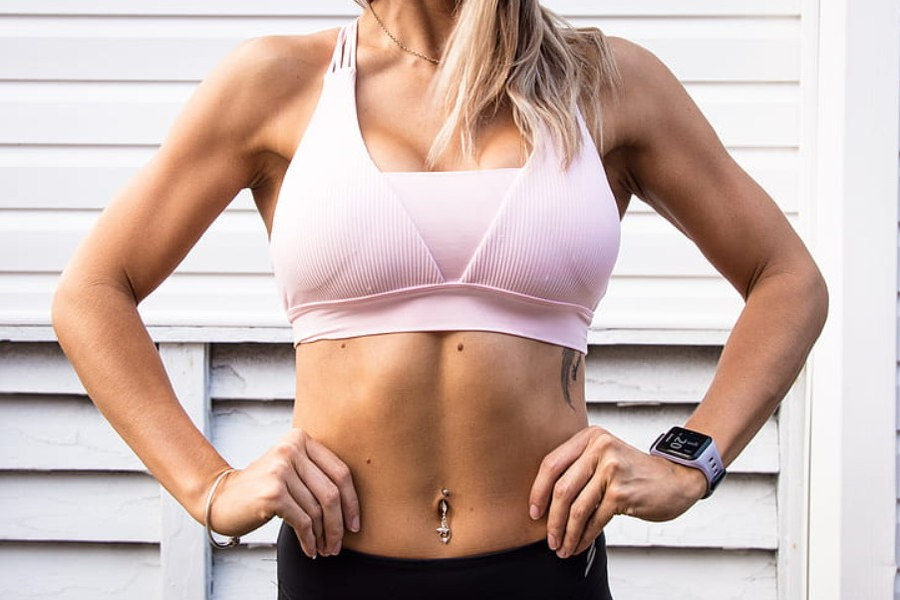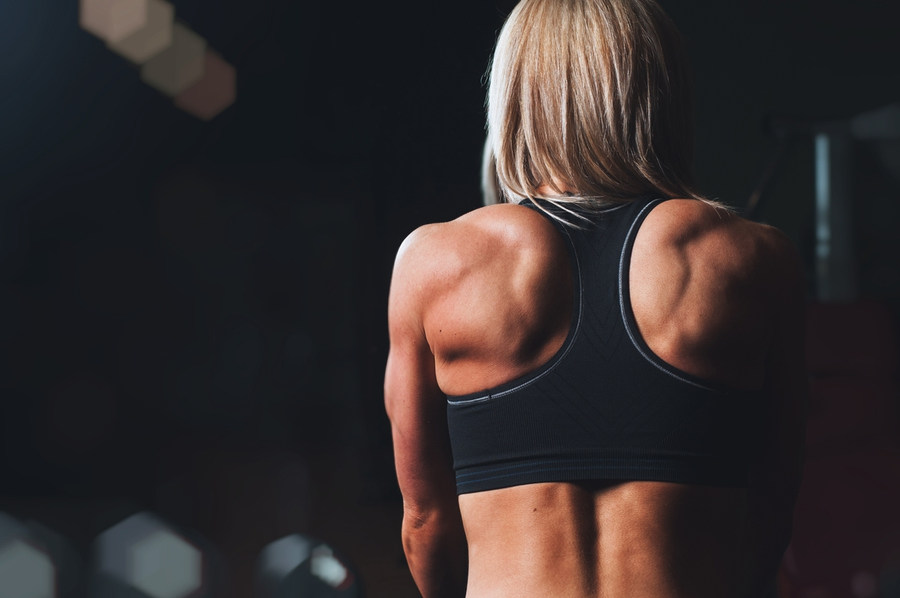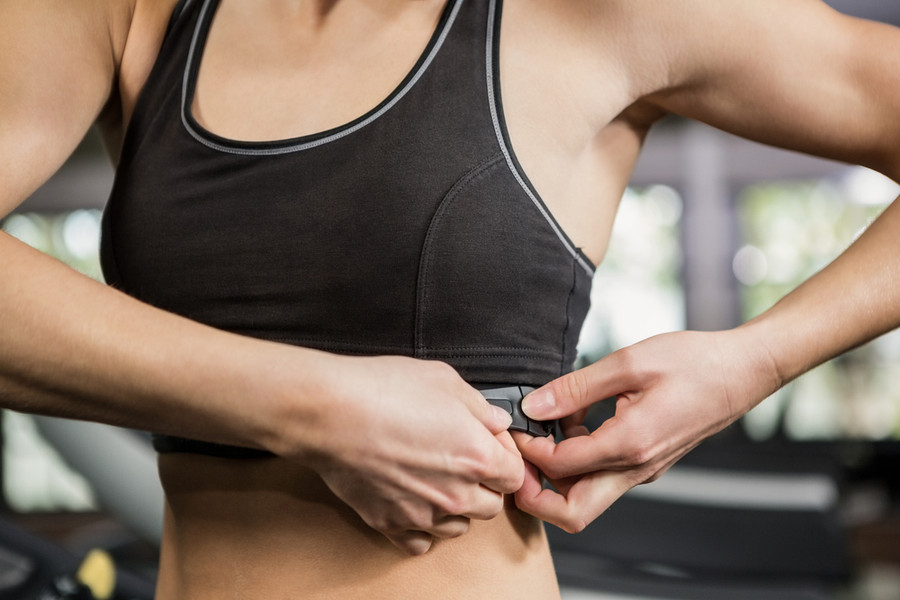
There are few things more distracting during a workout than an ill-fitting sports bra. You start your run, settle into a rhythm, and then — dig. A sharp line across your shoulder where the strap is cutting in. Or maybe worse: slide. The band creeps upward with every jump, forcing you to tug it back down when your focus should be on form and breath.
Support shouldn’t feel like punishment. The right sports bra is meant to keep everything secure without reminding you it’s there every thirty seconds. And yet, finding one that does its job without digging in or slipping out of place can feel like a sport of its own. Understanding why it happens and what to look for makes all the difference.
Why Some Sports Bras Fail Mid-Workout
Most of the discomfort stems from one thing: the band. The lower band around your rib cage is where the majority of support comes from — not the straps. If it’s too loose, it shifts upward as you move. Too tight, and it digs in so hard you’re counting the minutes until you can take it off. A band that fits correctly should feel firm but not restrictive, staying level across your body no matter how much you stretch or twist.
Straps can be another culprit. Thin straps concentrate weight into a narrow strip, which is fine for a gentle yoga flow but miserable during a HIIT session. If the band isn’t doing its job, straps end up carrying the load, leaving deep grooves in your shoulders. That’s when the digging starts.
Then there’s movement itself. Running, jumping, and lateral drills create a mix of vertical and horizontal forces. If a bra only compresses the chest without shaping it, the breast tissue shifts from side to side. If it only encapsulates without compressing, the vertical bounce takes over. Either way, you’re adjusting mid-session instead of focusing on performance.
Sweat doesn’t help. Moisture reduces friction between fabric and skin, so a bra that felt secure at the start can start sliding around once you’re properly warmed up. That’s why construction and fabric choice are just as important as fit.
The Science of Support

High-support sports bras usually rely on a combination of compression and encapsulation. Compression presses the chest against the body to reduce movement. Encapsulation provides separate molded cups that hold each breast in place. On their own, each method has limitations, but together they create the balance needed for high-impact activity.
The materials matter too. Technical blends of nylon and elastane wick sweat away while retaining stretch. Strong elastic in the band resists losing shape after multiple washes. Seam placement is carefully considered so you don’t end up with raw skin under your arms after a long run.
Design choices like wide, cushioned straps and racerback structures distribute pressure more evenly. They’re not there just for aesthetics — they stop the bra from digging in while anchoring it against movement. It’s small details like these that separate a bra you notice constantly from one you forget about entirely.
What to Look For in Practice
The right bra is less about chasing a brand name and more about testing the fundamentals. A few key checks will save you from mid-workout adjustments.
- The band test: Slide two fingers under the band. If you can fit more than that, it’s too loose. If you can’t fit them at all, it’s too tight. Move your arms overhead — the band should stay put.
- The jump test: Don’t just stand still in the changing room. Jump, squat, even jog on the spot. If you feel bounce or shifting, it won’t improve when you’re sprinting.
- The strap check: Straps should sit comfortably without carrying the entire load. If loosening them makes the bra useless, the band isn’t strong enough.
- The sweat factor: Moisture changes how fabric grips. If possible, try the bra on after a warm-up or short workout. A good one should feel just as supportive when damp as when dry.
These simple checks highlight how well the design really works — long before you commit to wearing it through a marathon training block.
Real-World Examples
While the features are what matter most, a few current designs show how the theory translates into practice. Under Armour’s Infinity line, for example, has built-in padding shaped to follow the natural movement of the body, combined with wide straps that spread pressure without cutting in. Lululemon’s high-support Run Times bra takes a different approach, using molded cups and adjustable straps so the fit can be tuned to the individual.
Neither of these models is perfect for everyone, but both illustrate the point: the best bras solve digging and sliding not with gimmicks, but with careful attention to structure, materials, and adjustability.
Common Problems and How to Fix Them

If you already own sports bras that aren’t working, the good news is that small adjustments can sometimes solve the problem.
- Band riding up: Often a sign of a band that’s too big. Going down a band size while keeping cup volume the same (for example, from 34C to 32D) can help.
- Straps leaving grooves: Straps are over-tightened to compensate for a weak band. Focus on a stronger band and wider straps rather than cranking them tighter.
- Spillover at the top or sides: The cup is too small, or the style doesn’t offer enough coverage. Moving up a cup size or trying an encapsulated design reduces both discomfort and bounce.
- Excessive bounce despite tight fit: Pure compression styles sometimes aren’t enough for high-impact training. A hybrid bra with both compression and encapsulation offers more stability.
Sometimes, though, the fix is simply replacement. Elastic fatigues over time, especially with frequent washing and drying. If a bra feels looser than it used to or you notice new bounce, it’s time to retire it.
Why It Matters Beyond Comfort
Sports bras aren’t just about convenience. Poor support can contribute to breast pain, tissue strain, and posture problems. A 2020 study from the University of Portsmouth’s Research Group in Breast Health found that insufficient support during exercise significantly altered running mechanics, placing more stress on joints and muscles. In other words, the wrong bra doesn’t just feel uncomfortable — it can affect your performance and risk of injury.
On the flip side, the right fit lets you focus entirely on your training. Instead of adjusting straps between sets, you stay locked in. Instead of worrying about chafing at mile eight, you settle into your stride. A high-support bra that doesn’t dig in or slide doesn’t just remove a distraction — it actively improves the way you move.
Finding a high-support sports bra that stays put isn’t about luck. It’s about understanding where the support should come from, recognising the signs of poor fit, and knowing what features make the difference. Wide straps, firm bands, moisture-resistant fabrics, and smart design all work together to prevent digging and sliding.
It takes some trial and error to find the one that feels like it was made for you, but the payoff is worth it. When your gear does its job quietly in the background, you’re free to push harder, go longer, and train without distraction. That’s what true support feels like.
